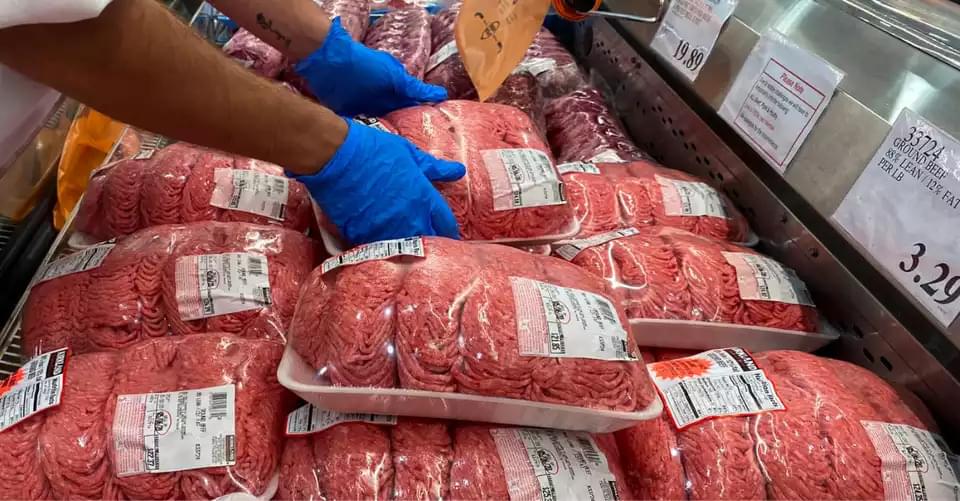Scientists have uncovered a bizarre new bacterium that behaves like a living wire, opening the door to pollution-fighting tech and next-gen bioelectronics.


Nvidia and ServiceNow have created an AI model that can help companies create learning AI agents to automate corporate workloads.
The open-source Apriel model, available generally in the second quarter on HuggingFace, will help create AI agents that can make decisions around IT, human resources and customer-service functions.
“If you look at the foundation models, they’re very big, very slow,” Dorit Zilbershot, ServiceNow’s group vice president of AI experiences and innovation, said in an interview. “This is only a 15-billion-parameters model, it’s highly trained on reasoning. We expect the reasoning to be very, very important.

A McGill University-led research collaboration has achieved a breakthrough in understanding how cancer spreads. A clinical study of ovarian and colorectal cancer patients found cancer cells move in the bloodstream in clusters more commonly than was previously thought. The discovery could help doctors more quickly identify which cancer patients are at high risk of having their cancer spread to other organs, knowledge that could guide treatment decisions. The findings also potentially open new avenues for treatment.
The study, published in Communications Medicine, was conducted with researchers and clinicians Anne-Marie Mes-Masson and Dr. Diane Provencher at the Centre hospitalier de l’Université de Montréal, Dr. Peter Metrakos at the Research Institute of the McGill University Health Centre and Luke McCaffrey at the McGill-affiliated Rosalind and Morris Goodman Cancer Institute.
Cancer is responsible for about 1 in 4 deaths in Canada. In most cases, it is not the original tumor that proves fatal, but the cancer spreading to other organs, a process called metastasis. This occurs when circulating tumor cells (CTCs) break away from tumors, enter the bloodstream, and seed new tumors elsewhere in the body. On rare occasions, CTCs break away as a group of cells sticking to one another and forming a cluster.

Their search for Earth’s lost spices just crash-landed them into a world of trouble! 💥 When the six-member crew of the Serrano wrecks their ship, Kent, C-LA, Ada, Eloy, Mod, and Nexus must race against time and some mysterious planet inhabitants to repair it and escape before becoming the main course.
Get a taste of the adventure in this trailer for Steamroller Animation’s first ever pilot episode, Spice Frontier: Escape from Veltegar.
The full “Spice Frontier: Escape from Veltegar” pilot episode is dropping on May 21, 2025.
For all of us at Steamroller Animation, the creation of independent animation projects like “Spice Frontier: Escape from Veltegar” is not merely a side quest; it’s the very lifeblood that fuels our creative spirit and drives innovation.
These projects serve as vital proving grounds, allowing our talented artists, creatives and technicians the freedom to experiment with new styles, push storytelling boundaries, and hone their skills without the constraints of external mandates.
By investing in our own intellectual property, we cultivate a culture of ownership and passion, fostering an environment where groundbreaking ideas can flourish and ultimately elevate the quality and originality we bring to all our animation work, including client-based productions.





Scientists have made a groundbreaking leap in detecting dark energy by developing a magnetically levitated precision force system.
Their experiments vastly surpassed previous methods, reaching a new level of precision that opens up unexplored realms of dark energy research. The work was so impactful it earned a featured highlight in Nature Astronomy.
Breakthrough in Dark Energy Detection.